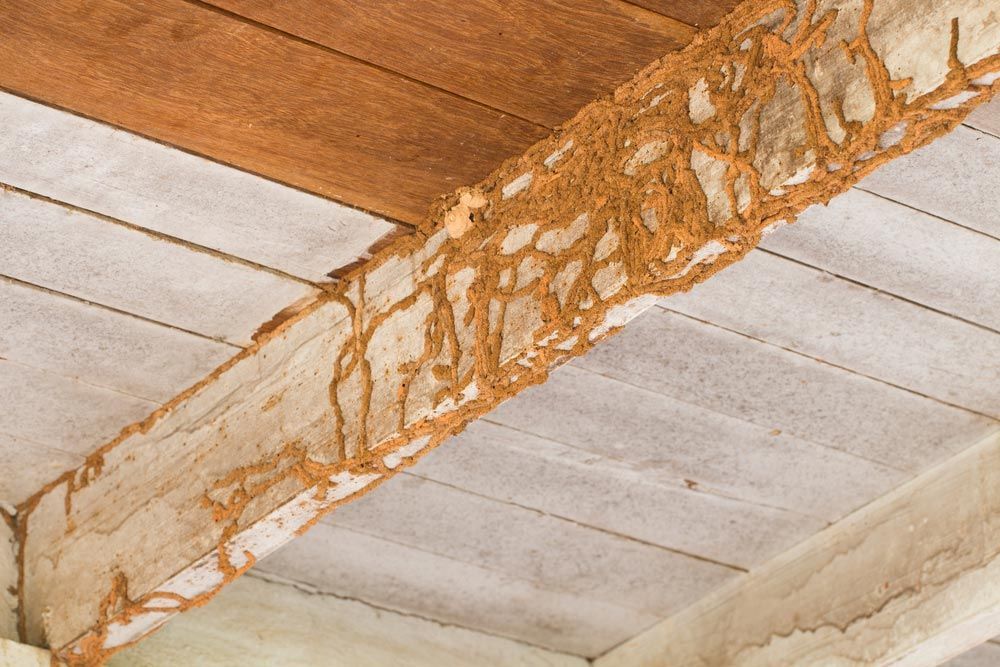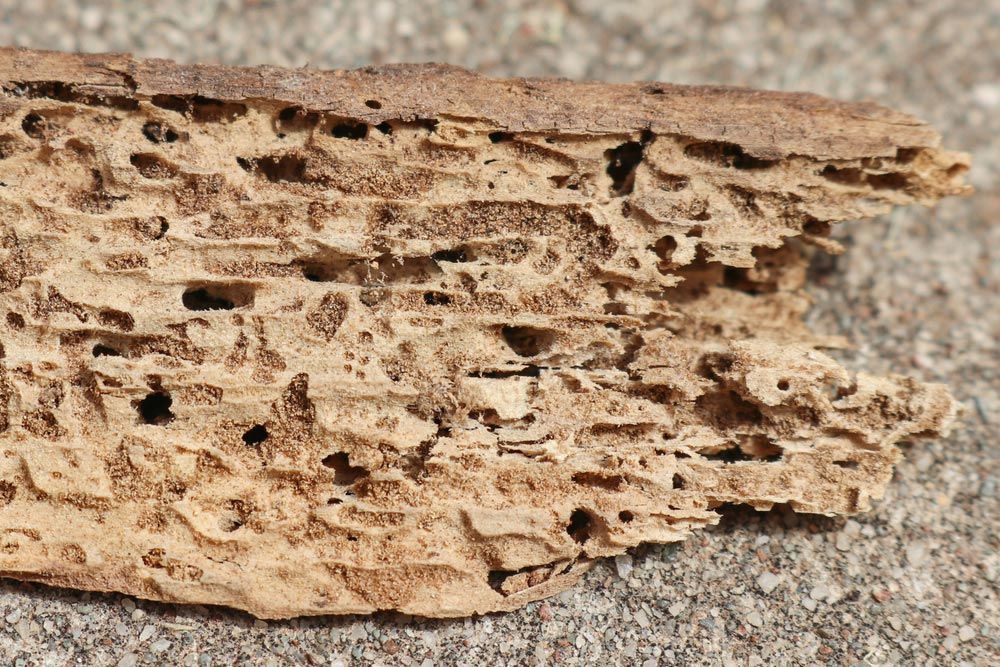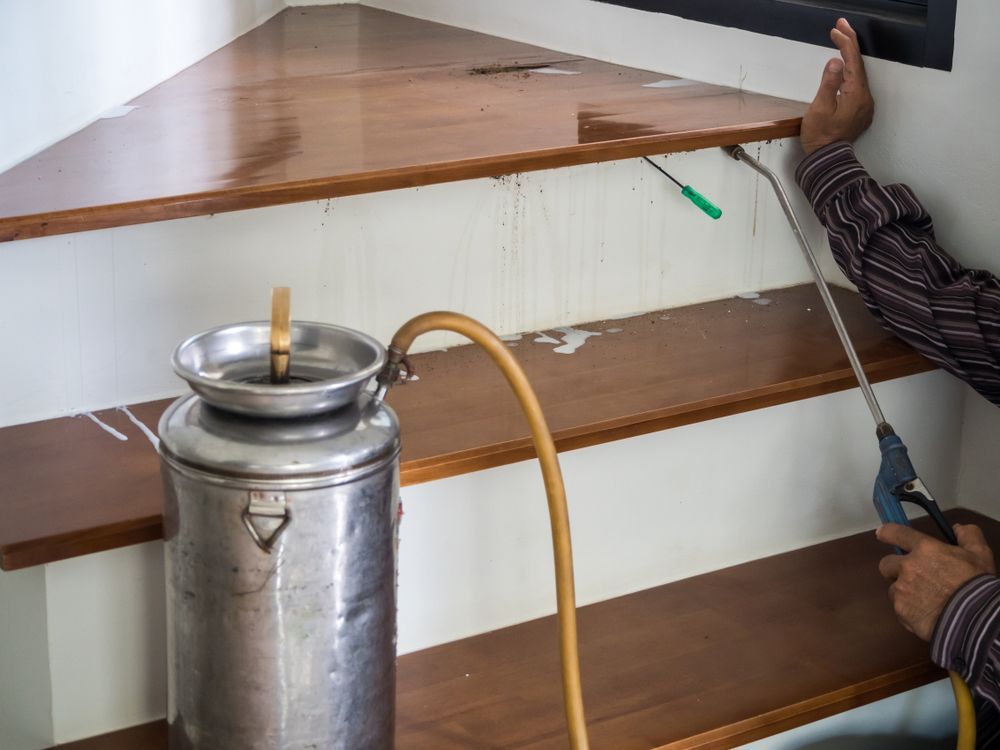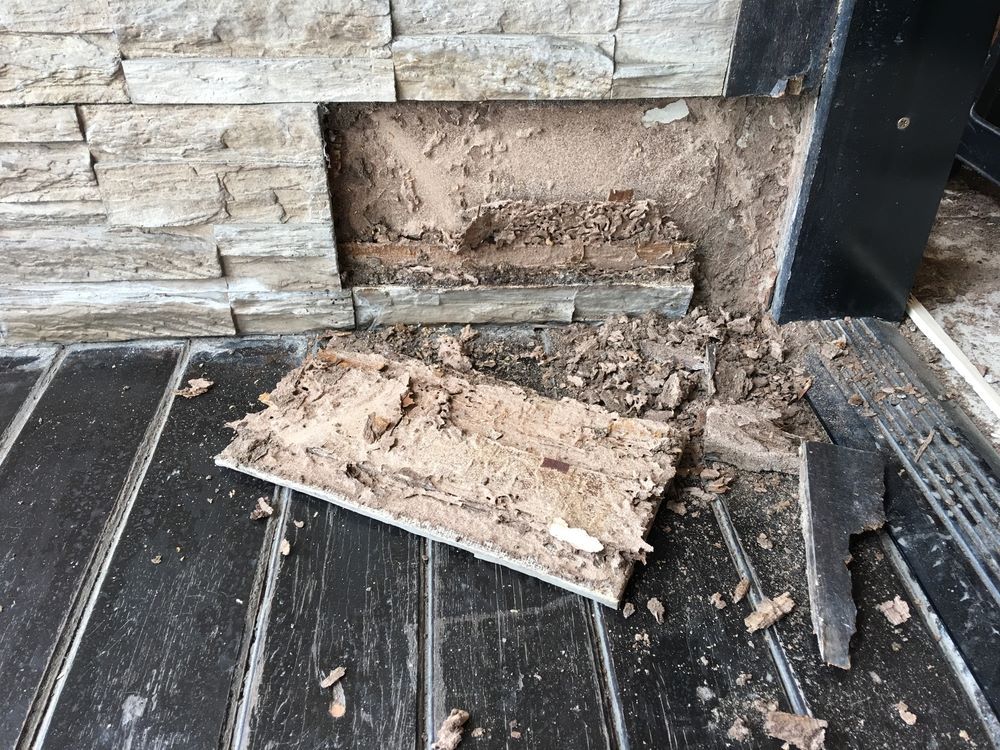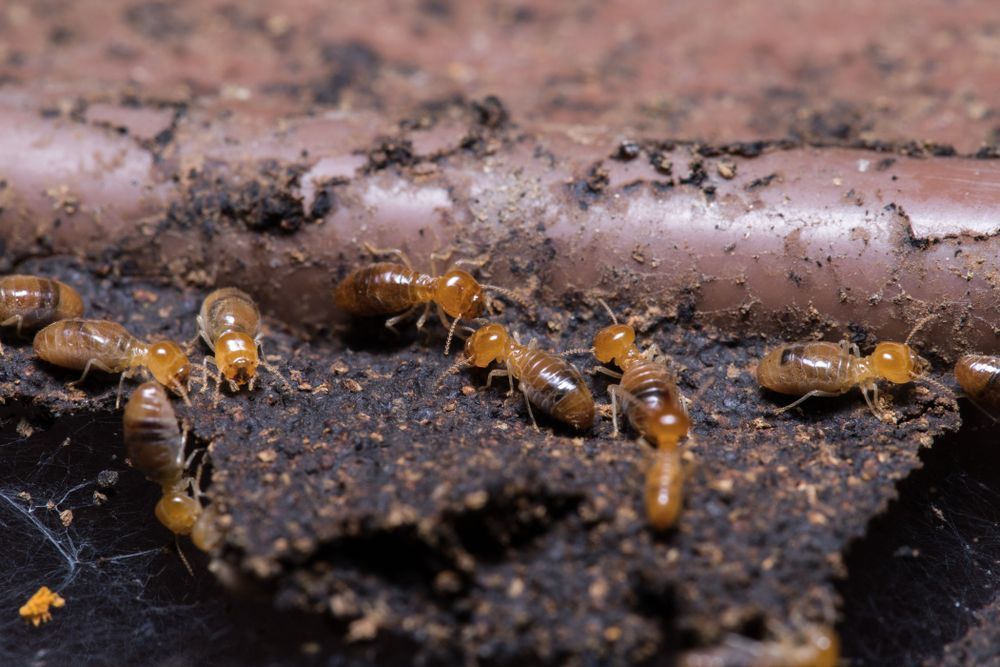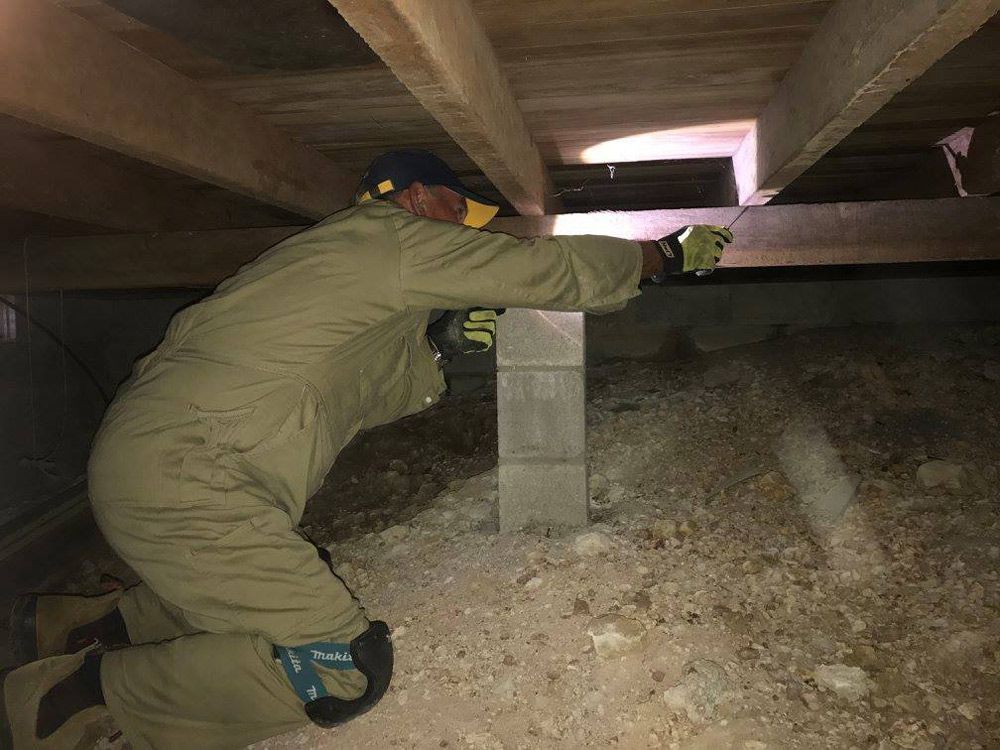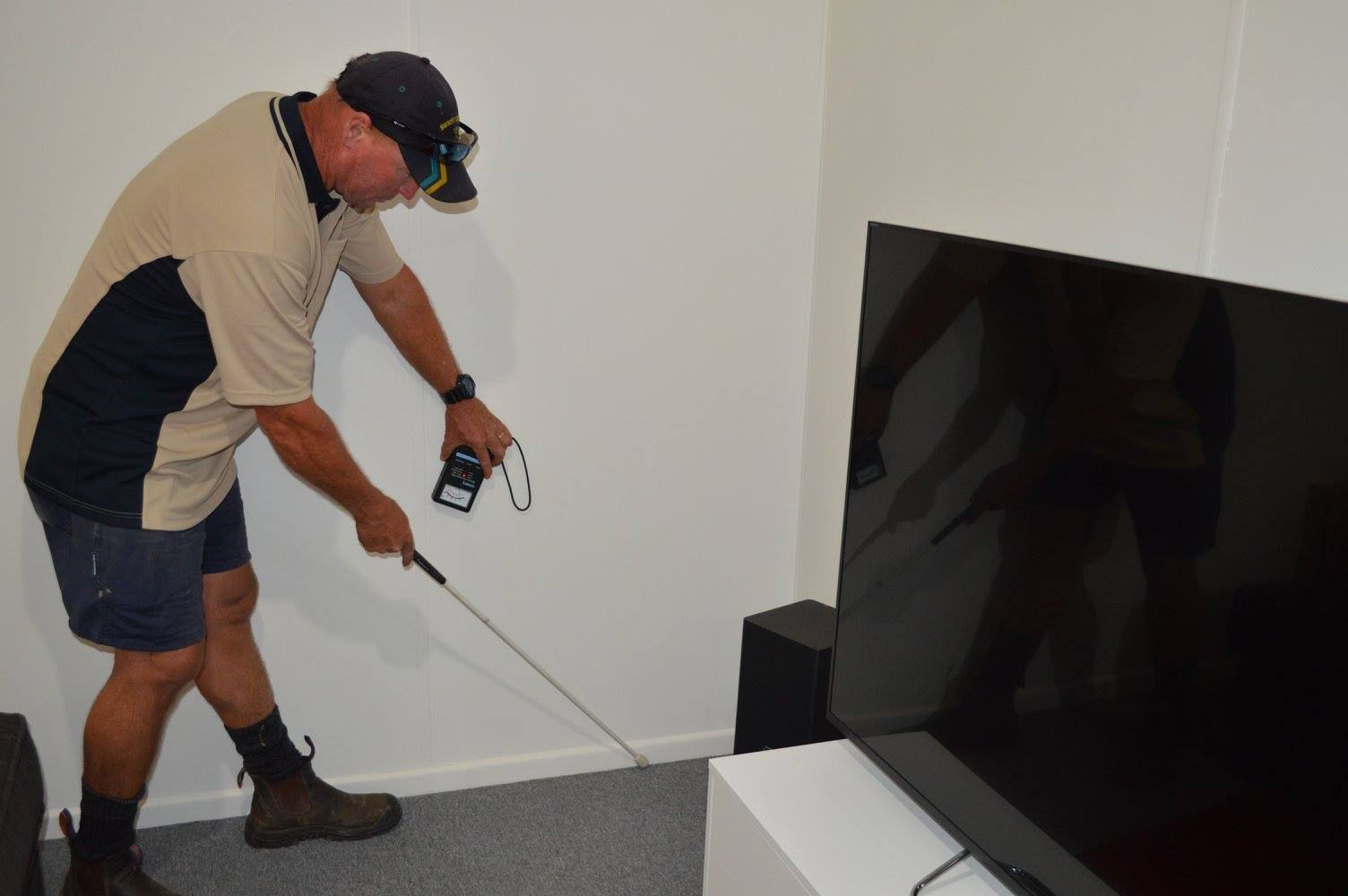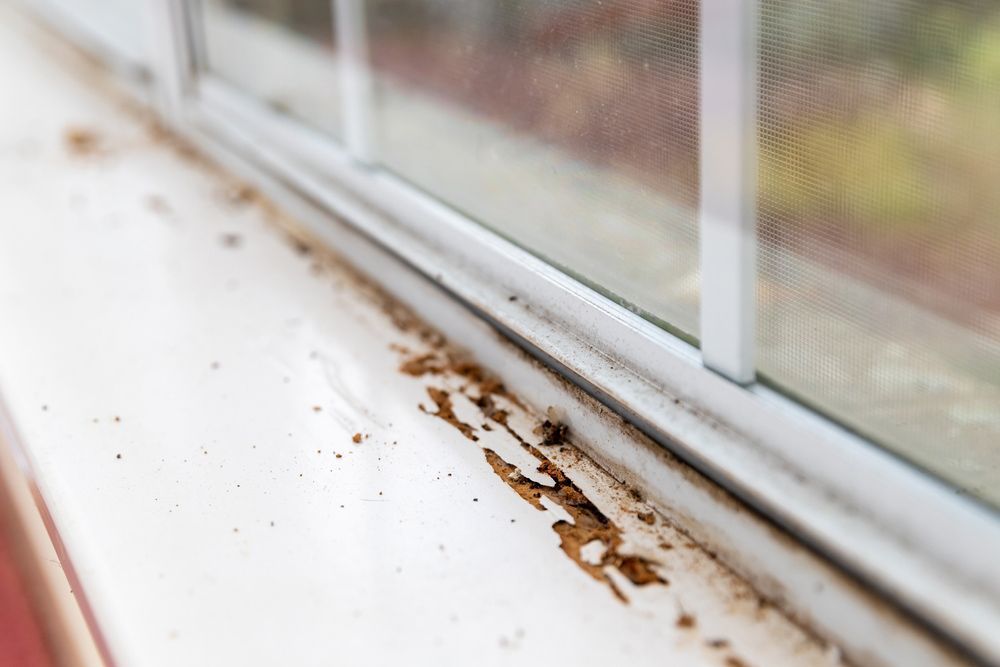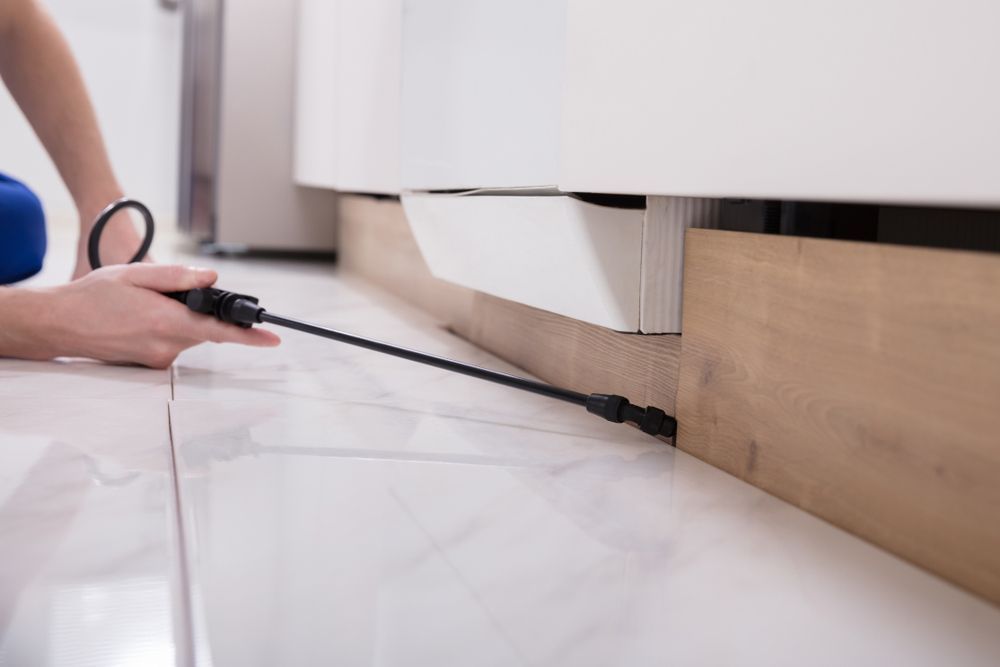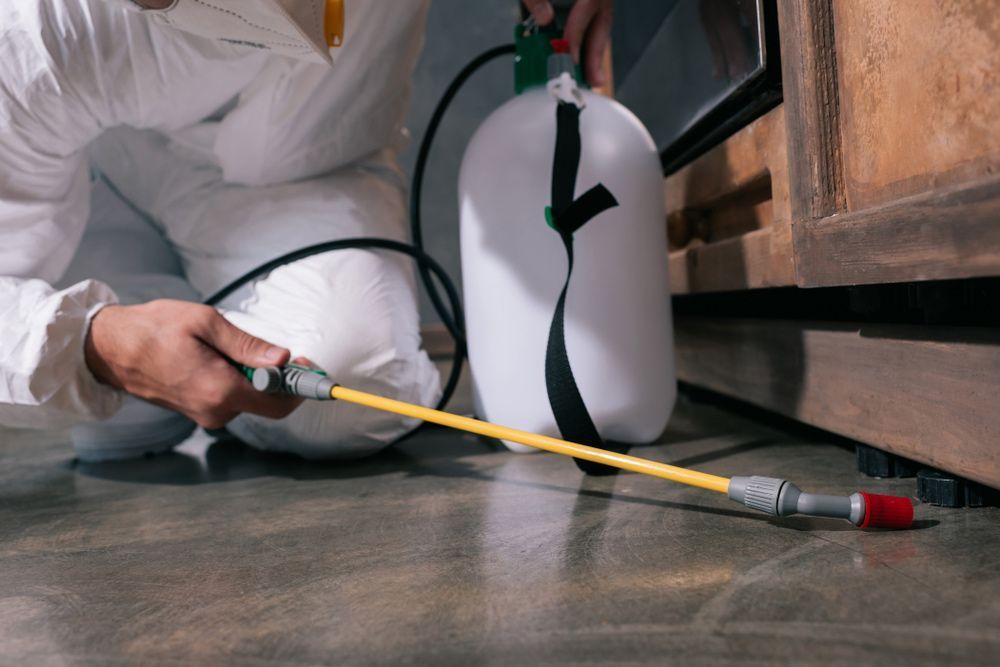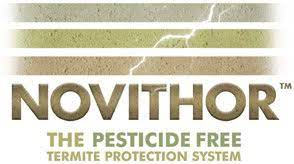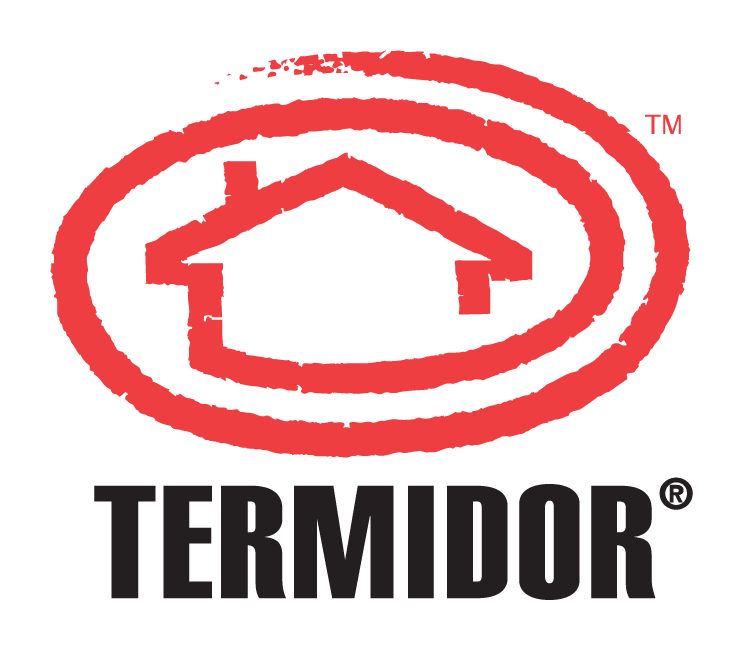What Are Termite Barriers & How Do They Work?
Termites can cause serious damage to a property if left unchecked, often without any obvious signs until it’s too late. One of the most effective ways to prevent this is by using termite barriers. These systems are designed to block or eliminate termites before they reach the structure of a building, providing long-term protection and peace of mind.
In this blog, you’ll learn exactly what termite barriers are, how they work, the types available, and why they’re an important part of any termite management plan. Whether you're planning to build or protect an existing home, understanding termite barriers is a smart step in preventing costly infestations.
The Role of Termite Barriers in Long-Term Home Protection
Termite barriers are designed to block or eliminate termites before they reach a building’s timber framing. They are essential to any long-term pest control strategy, particularly in areas where termite activity is common.
There are two primary types of termite barriers:
- Physical Barriers: These are materials installed during construction to create a non-penetrable layer that termites cannot chew through.
- Chemical Barriers: These are soil treatments applied around existing homes to create a treated zone that kills or repels termites.
Both barriers act as a protective moat, ensuring termites can’t infiltrate your home undetected.
How Physical Termite Barriers Work in New Builds
Physical termite barriers are a smart and often mandatory choice for new homes. They are installed during the construction phase, either under the slab or around pipe penetrations and wall cavities.
Physical barriers include:
- Stainless steel mesh: Fine mesh that termites can’t chew or squeeze through.
- Granular barriers: Crushed rock particles that are too dense and angular for termites to tunnel through.
- Polyethylene sheeting with insecticide: Used to line slab edges and wall joints.
Because these barriers are built into the structure, they offer long-lasting, maintenance-free protection. They’re also cost-effective for meeting Australian Standard AS 3660.1 for termite management in new constructions.
Understanding Chemical Barriers to Existing Properties
Chemical barriers are ideal for homes that have already been built. This process involves treating the soil around your property’s perimeter with termiticide. The chemical creates an invisible zone that termites can’t cross without being affected.
Benefits of chemical barriers:
- Long-term protection (up to 8 years, depending on the product used)
- No visible alteration to your property
- Ideal for older homes & renovations
Chemical barriers are especially effective due to the sandy soils and warm climate that termites love. When installed by licensed pest controllers, these barriers form a dependable protective ring around your property.
Signs Your Home Might Need Termite Barriers on the Sunshine Coast
Even if termites aren’t visible, they might already be causing damage. Preventative action is crucial, particularly in regions with high termite activity.
Warning signs to watch for:
- Timber that sounds hollow when tapped
- Tight-fitting doors & windows caused by warped wood
- Discarded termite wings near windows or doors
- Mud tunnels on walls, concrete slabs, or brickwork
- Peeling paint that resembles water damage
If you’ve noticed any of the above, it’s time to act. Installing a termite barrier could stop an existing colony from spreading further—or prevent one from establishing in the first place.
The Installation Process: What Homeowners Can Expect
Installing a termite barrier is a straightforward process that professionals use. The approach differs slightly between new builds and existing homes.
Key steps in the installation process:
- Inspection: A licensed technician will assess the property to determine risk areas and recommend a suitable barrier type.
- Preparation: Soil may be trenched and treated around the perimeter for chemical barriers. Components are placed during the construction phase for physical barriers.
- Application/Installation: Termiticides are applied precisely, or physical materials are integrated into the build.
- Final checks: Technicians ensure correct installation and provide documentation for compliance and warranties.
Termite Barriers vs Termite Treatments: What’s the Difference?
Many homeowners confuse barriers with treatments, but they serve distinct roles. While both are crucial to termite control, they’re used in different scenarios.
Here’s how they differ:
- Termite Barriers: Preventative, installed to stop termites before they reach your home.
- Termite Treatments: Reactive, used when an infestation is already present.
Additional points to consider:
- Barriers offer years of protection with minimal maintenance.
- Treatments often require follow-up visits and baiting systems.
- Barriers are ideal for proactive property owners or buyers.
In many cases, combining both strategies can offer the highest level of defence against termite damage.
How Termite Barriers Complement General Pest Control
While termite barriers are specialised, they are just one part of a broader pest control strategy. Homes can be vulnerable to a range of other intruders that, if not properly managed, may pose health risks or cause structural and hygiene-related issues.
An integrated pest control strategy includes:
- Annual termite inspections: Even with a barrier, regular inspections are required by Australian Standards.
- Chemical top-ups: Retreatment may be needed every few years for barriers that degrade over time.
- General pest treatments: Sprays and baits to manage ants, cockroaches, and spiders.
Combining these services ensures that all vulnerabilities are covered—not just against termites but also against all common pests in the region.
Why Choose Professional Installation for Termite Barriers?
DIY pest control may seem tempting, but qualified professionals must install and maintain termite barriers. That’s not just for effectiveness—it’s often a legal and insurance requirement.
Why professionals are essential:
- Expert knowledge of termite behaviour, soil conditions, and local risk factors.
- Proper use of licensed products, including long-lasting termiticides.
- Compliance with national standards, particularly AS 3660 for termite management.
- Warranty protection in case of failure or termite breach.
Homeowners benefit from qualified professionals who understand environmental factors and can tailor termite management solutions to suit the property’s specific needs.
Book Professional Termite Control on the Sunshine Coast Today
At Suncoast Termite & Pest, we provide effective termite barrier solutions to help protect your home from damage. Whether you’re building, renovating, or looking to prevent future issues, we’ll recommend and install the right system for your needs. We also offer regular inspections and pest control services to protect your property.
Don’t wait for signs of damage; get in touch with us to
arrange a consultation or termite inspection today. Let us help you protect what matters most.

